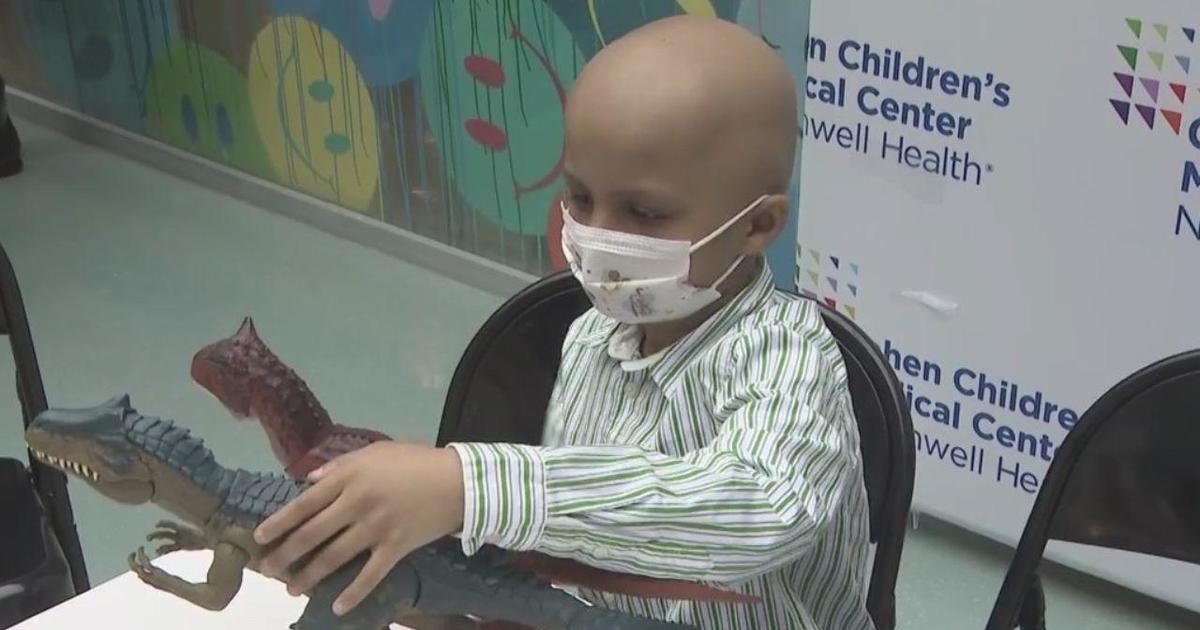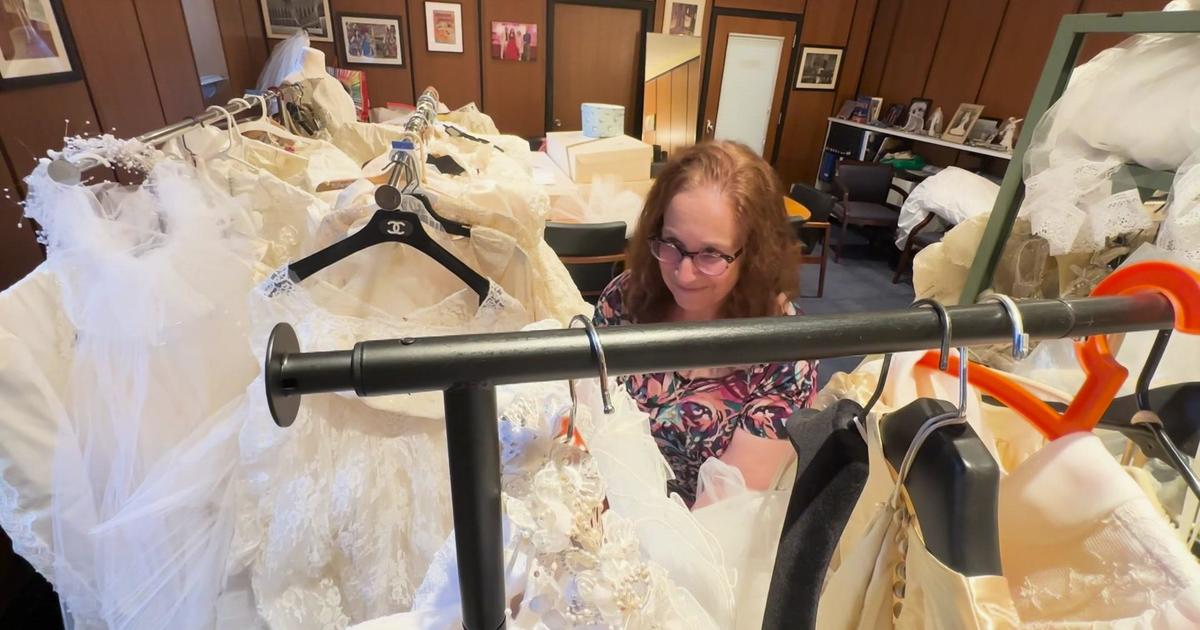Scientists Strive To Create New Skin For Children Suffering From Genetic Defect That Causes Painful Blistering And Peeling
NEW YORK (CBSNewYork) -- Stem cell scientists are close to being able to create new skin for children suffering from a genetic defect that causes their skin to blister and peel off at the slightest touch.
Jackson Silver was born with epidermolysis bullosa, or EB for short, CBS2's Dr. Max Gomez reported.
Many 8-year-olds enjoy eating ice cream, but for Silver, the tasty treat also soothes the blisters on his esophagus.
Similar blisters cover his hands and other parts of his body.
"There's proteins missing -- collagens and others in the skin that cause it to blister with the slightest touch, and in many cases that blistering heals with lifelong scarring," Dr. Angela Cristiano, of Columbia University Medical Center, said.
It also means Silver is vulnerable to terrible infections, so his parents have to put him through a daily hour-long ritual of soaking his wounds and bandages, treating blisters and re-bandaging.
The 8-year-old claims it doesn't hurt.
"Only when I have a boo-boo," he said.
But his parents know better.
"It's just an awful position to be in as a parent, to have to cause your child pain on a regular basis to make sure he is cared for the way he needs to be," Jackson's father Alex Silver said.
EB also means Silver can't participate in sports or play with friends the way other kids do.
Most children with EB often don't live past their 20s.
"I really don't think about it. I don't let myself think about it," the boy's mother Jamie Silver said. "And we don't talk to him about that."
The family formed the EB Research Partnership, funding a groundbreaking consortium at Columbia University, University of Colorado - Denver and Stanford University.
Researchers take skin cells from EB patients, convert them into stem cells, then use new gene editing tools to correct the defect in those cells. Then they multiply the stem cells, convert them back into skin, and graft the skin onto EB patients.
"You're starting with the patient's own cells, so there's really very little chance, if any, that they'll be rejected," Cristiano said.
One day soon, that may give Silver the normal skin other children take for granted.
All of the steps in the stem cell process have been done before. Now, the trick is to put them all together and show the FDA that it's safe and effective.
Those trials are a little ways off, but they are in the works.
If they are successful for treating EB, the same techniques could be used to correct all sorts of genetic defects.



